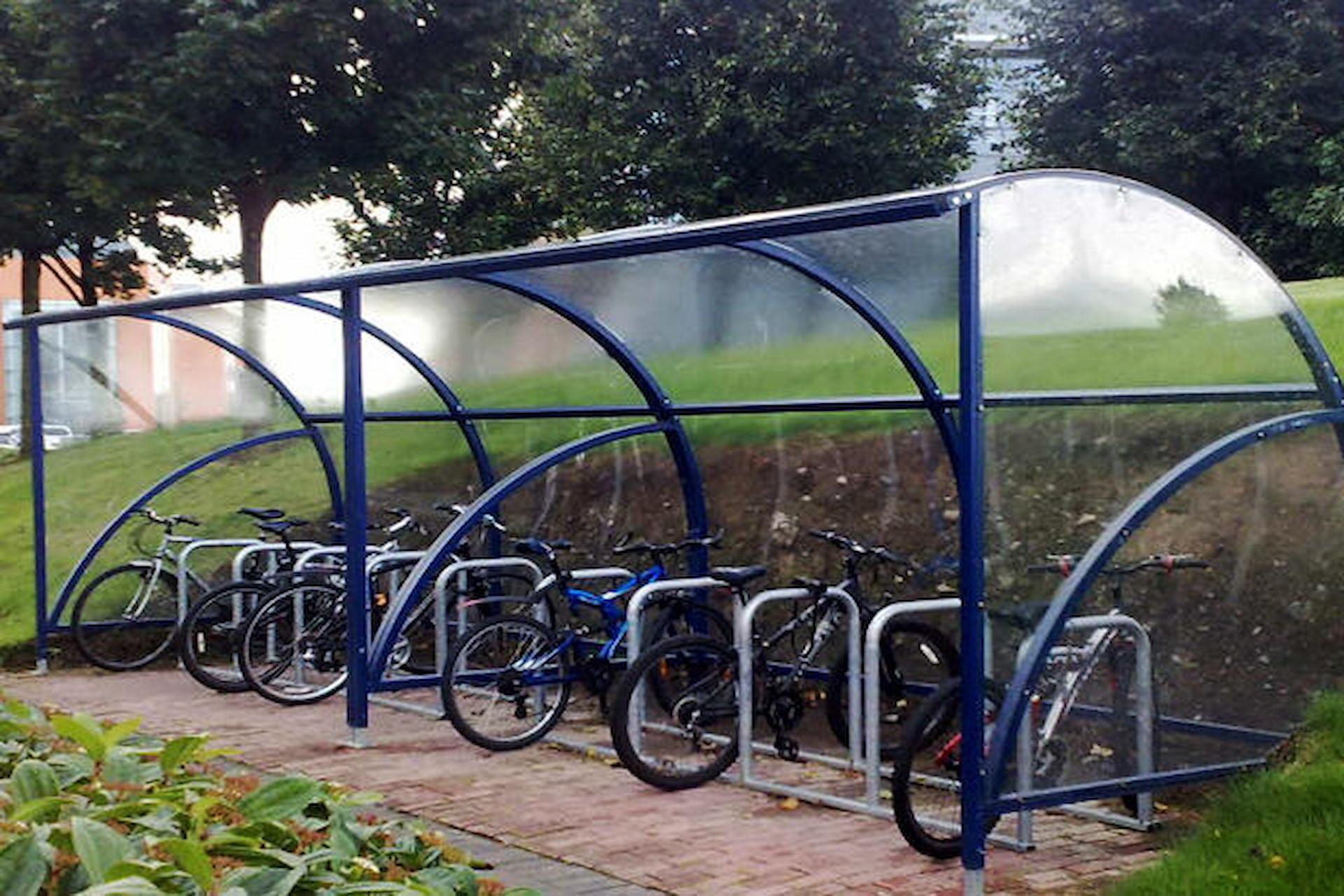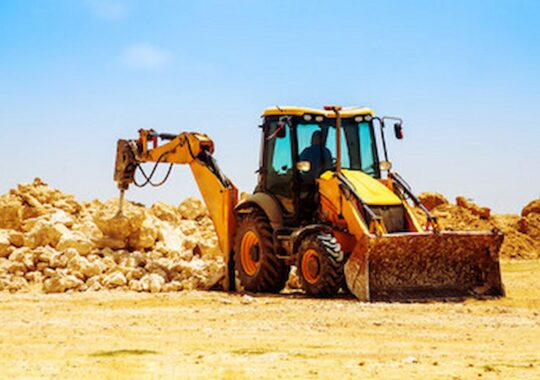In an era where sustainability takes centre stage, the humble bicycle has emerged as a symbol of eco-conscious commuting. As cities worldwide embrace the idea of greener transportation, the spotlight is now turning towards the often-overlooked component of the cycling experience – bicycle shelters. Beyond providing a mere resting place for bikes, these shelters play a pivotal role in fostering sustainable transportation, weaving together environmental consciousness, community engagement, and smart urban planning.
The Evolution of Bicycle Shelters
Bicycle shelters have come a long way from their rudimentary beginnings. Initially, they were simple structures, providing basic protection against the elements. However, as the global interest in cycling surged, so did the need for more sophisticated and aesthetically pleasing shelters. Today, we witness a fusion of form and function in the designs of modern bicycle shelters, seamlessly integrating with urban landscapes.
The evolution of these shelters mirrors the changing trends in cycling. From traditional designs catering to practical needs, we now see shelters that align with the ethos of eco-friendly commuting. Green roofs, solar panels, and recycled materials are becoming standard features, turning bicycle shelters into symbols of sustainable urban infrastructure.
Environmental Impact
The environmental benefits of cycling are well-documented – reduced carbon emissions, improved air quality, and decreased traffic congestion. These advantages are amplified when coupled with the provision of strategically placed bicycle shelters. Cyclists are more likely to choose pedal power when they know a secure and weather-resistant spot awaits their two-wheelers.
Moreover, using sustainable materials in constructing bicycle shelters adds another layer to their eco-friendly impact. From bamboo structures to shelters with rainwater harvesting systems, the marriage of functionality and environmental responsibility reshapes the urban landscape.
Community Engagement and Social Connectivity
Bicycle shelters aren’t just about protecting bikes; they’re about creating hubs of community engagement. Imagine a shelter as a place to park your bike and a meeting point for like-minded individuals. Cities prioritising bicycle infrastructure witness the birth of vibrant cycling communities – groups of people brought together by a shared love for sustainable transportation.
These shelters become the backdrop for social initiatives and events, from bike repair workshops to community rides. The result is a more connected and engaged society, where the simple act of cycling becomes a catalyst for social interaction and shared experiences.
Choosing the Right Bicycle Shelter Supplier
As the importance of bicycle shelters grows, choosing the right supplier becomes a critical decision for municipalities, businesses, and communities. The success of sustainable transportation initiatives hinges on the quality, durability, and eco-friendliness of the shelters in place. A reputable bike shelter supplier understands these dynamics and delivers structures that stand the test of time.
When selecting a supplier, consider sustainable materials, adherence to quality standards, and a commitment to eco-conscious manufacturing processes. Investing in a reliable supplier ensures that bicycle shelters become a lasting and integral part of a city’s infrastructure, contributing to its sustainability goals.
In conclusion, the role of bicycle shelters extends far beyond providing a simple resting place for bikes. They are integral to a city’s commitment to sustainable transportation, influencing cycling trends, fostering communities, and contributing to a greener, more connected urban environment.





